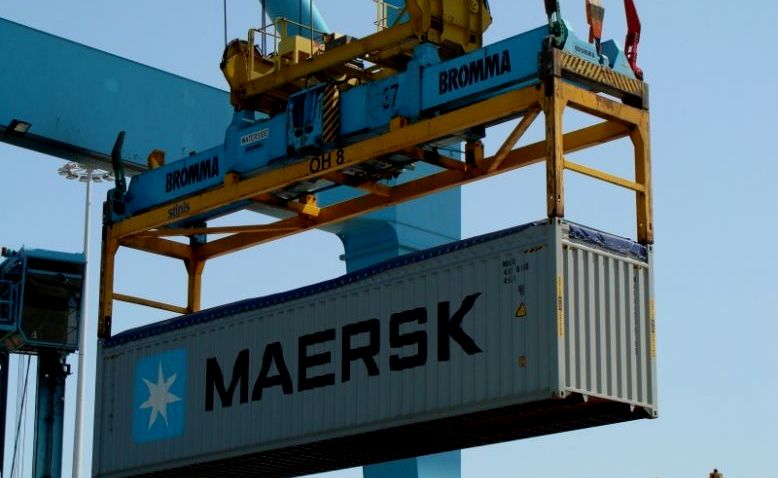East Africa remains Africa’s fastest growing region going into 2020
 Africa’s moderate growth reflects an increasingly difficult external environment as global trade volumes
slowed from an annual growth of 5.7 percent in 2017 to 1.1 percent in 2019.
Africa’s moderate growth reflects an increasingly difficult external environment as global trade volumes
slowed from an annual growth of 5.7 percent in 2017 to 1.1 percent in 2019.
East Africa maintained its lead as the continent’s fastest-growing region, with average growth estimated at five percent in 2019; North Africa was the second fastest, at 4.1 percent, while West Africa’s growth rose to 3.7 percent in 2019, up from 3.4 percent the year before.
Africa’s economic growth remained stable in 2019 at 3.4 percent and is on course to pick up to 3.9 percent in 2020 and 4.1 percent in 2021, according to the African Development Bank’s (AfDB)) 2020 African Economic Outlook. As defined by the AfDB, East Africa comprises 13 countries comprising of Burundi, Comoros, Djibouti, Eritrea, Ethiopia, Kemya, Rwanda, Seychelles, Somalia, South Sudan,Sudan, Tanzania and Uganda. AfDB said the star performers were Ethiopia, Rwanda and Tanzania while Kenya saw a significant slowdown.
Central Africa grew at 3.2 percent in 2019, up from 2.7 percent in 2018, while Southern Africa’s growth slowed considerably over the same period, from 1.2 percent to 0.7 percent, dragged down by the devastating cyclones Idai and Kenneth.
For the first time in a decade, investment expenditure rather than consumption accounts for more than half of GDP growth; report calls for urgent investment in education and infrastructure for good returns in long-term GDP.
Akinwumi Adesina, the AfDB president said on Thursday, “Youth unemployment must be given top priority. With 12 million graduates entering the labor market each year and only 3 million of them getting jobs, the mountain of youth unemployment is rising annually.”
The slower than expected growth is partly due to the moderate expansion of the continent’s ‘big five’ — Algeria, Egypt, Morocco, Nigeria, and South Africa – whose joint growth was an average rate of 3.1 percent, compared with the average of 4.0 percent for the rest of the continent.
The Bank’s flagship publication, published annually since 2003, provides headline numbers on Africa’s economic performance and outlook. The 2020 edition, launched at the Bank’s Abidjan headquarters, was attended by former Liberian president Ellen Johnson Sirleaf, African ministers, diplomats, researchers, and representatives of various international bodies.
She said, “There are stars among us…and we want to applaud them. We want to see more, particularly for countries like mine, which have been left behind, so that more can be done to give them the support that they need.”
In 2019, for the first time in a decade, investment expenditure, rather than consumption, accounted for over 50% of GDP growth. This shift can help sustain and potentially accelerate future growth in Africa, increase the continent’s current and future productive base, while improving productivity of the workforce.
Essentially, inclusive growth — registering faster average consumption for the poor and lower inequality between different population segments — occurred in only 18 of 48 African countries with data.
Overall, the forecast described the continent’s growth fundamentals as improved, driven by a gradual shift toward investments and net exports, and away from private consumption. However there concerns about Africa’s education, skills mismatch.
The lay emphasis on developing Africa’s workforce for the future. The authors call for swift action to address human capital development in African countries, where the quantity and quality of human capital is much lower than in other regions of the world.
Adesina said,“Youth unemployment must be given top priority. With 12 million graduates entering the labour market each year and only three million of them getting jobs, the mountain of youth unemployment is rising annually.”
The report also noted the urgent need for capacity building and offers several policy recommendations, which include that states invest more in education and infrastructure to reap the highest returns in long-term GDP growth. Developing a demand-driven productive workforce to meet industry needs, is another essential requirement.
“Africa needs to build skills in information and communication technology and in science, technology, engineering, and mathematics. The Fourth Industrial Revolution will place increasing demands on educational systems that are producing graduates versed in these skills,” the report states.
To keep the current level of unemployment constant, Africa needs to create 12 million jobs every year, according to the report. With rapid technological change expected to disrupt labour markets further, it is urgent that countries address fundamental bottlenecks to creating human capital, the report stated.
Hanan Morsy, Director of the Macroeconomic Policy, Forecasting and Research Department at AfDB said, “As we enter a new decade, the African Development Bank looks to our people. Africa is blessed with resources but its future lies in its people…education is the great equaliser. Only by developing our workforce will we make a dent in poverty, close the income gap between rich and poor, and adopt new technologies to create jobs in knowledge-intensive sectors.”

 African Heads of state head to South Korea next week for Summit talks
African Heads of state head to South Korea next week for Summit talks
 Trading leads as main source of income for Ugandans
Trading leads as main source of income for Ugandans
 New leadership for bankers’ umbrella as total assets top $12 billion
New leadership for bankers’ umbrella as total assets top $12 billion
 Brussels Airlines to announce Nairobi service
Brussels Airlines to announce Nairobi service
 SITA promises enhanced travel experience after Materna acquisition
SITA promises enhanced travel experience after Materna acquisition
 Saudia’s 105 aircraft order stretches A320neo lead over rival Max
Saudia’s 105 aircraft order stretches A320neo lead over rival Max
